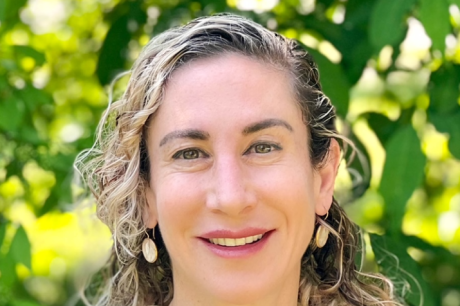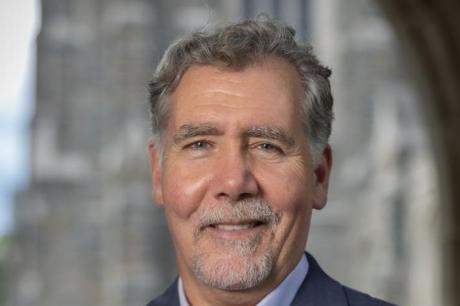
Published August 23, 2012, last updated on February 18, 2013
By Sumi Ariely, Assistant Professor of the Practice of Global Health
Ariely teaches an undergraduate course in global health ethics.
“State of Wonder” by Ann Patchett at first glance has the danger of implying, incorrectly of course, that health work in the field can seamlessly navigate profound experiences with life and death, bridge alien cultures, and offer easy—practically automatic—redemption from past mistakes. The Amazonian setting almost requires the story to take the old-earth exoticism of that archetypical jungle and force-weave it into the meaning of the plot. Still, leaving aside a reading of the book as either just an entertaining story, or as a literal description of global health work, many interesting themes emerge from the mix of fantasy and realism that Patchett interlaces together.
For starters, the relationships the characters develop ‘in the field’, which navigate all sorts of personal tragedies and triumphs, are rife with ethical challenges. There are the typical tensions with research ethics, exemplified by the researchers’ experiments not only on themselves, but on vulnerable populations without informed consent (and all the issues with what informed consent would mean in that context). There are also the ethical tensions of development work - tensions between valuing/preserving traditional life styles vs. intervening and modernizing that life. This is illustrated in the choices Dr. Swenson and her team make in applying clinical interventions to acute medical cases, vs. not ‘interfering’ with larger cultural practices, day to day traditions, and education of local leaders that could impact health outcomes more broadly. This Star-Trekish orientation shows how easy it is for academics/researchers/laymen to keep a barrier between ‘us’ and ‘them’, even while living for years among the indigenous others. The reader is confronted with the uncomfortable notion that power and knowledge lead us not only to play god, but to do so while rationalizing choices with ease. One such rationalization is that the role we play, however profound to us, is ultimately insignificant, and therefore any good or harm we do, ultimately also insignificant. As Dr. Swenson says to Mariana of the locals, “They are an intractable race. Any progress you advance to them will be undone before your back is turned. You might as well come down here to unbend the river. The point, then, is to observe the life they themselves have put in place and learn from it.” Dr. Swenson’s secret research, conducted over years of steely, exhausting work, may be one quixotic attempt to belie this notion and give finer meaning to an enterprise of medical research ripe with greed and dominated by a focus on small, often therapeutically irrelevant gains and new fads.
The terrible tensions that exist between drug development, profits, and the health needs of vulnerable populations is front and center in the relationship Mariana has with her boss, Mr. Fox and her scarily admirable mentor, Dr. Swenson. The individual humanity of each person, along with the built-in requirements of their positions all work to illustrate a profound truth - all of us, in all our humanity and innocent efforts, are capable of, and can do great harm, either as well-intentioned agents navigating systems we are ill-equipped to deal with, or as workers responsible to industrial complexes that have built-in conflicts of interest between financial and health gains. In my opinion, this may be one global health message that, if learned well, provides tangible redemption for all of us and this story.


